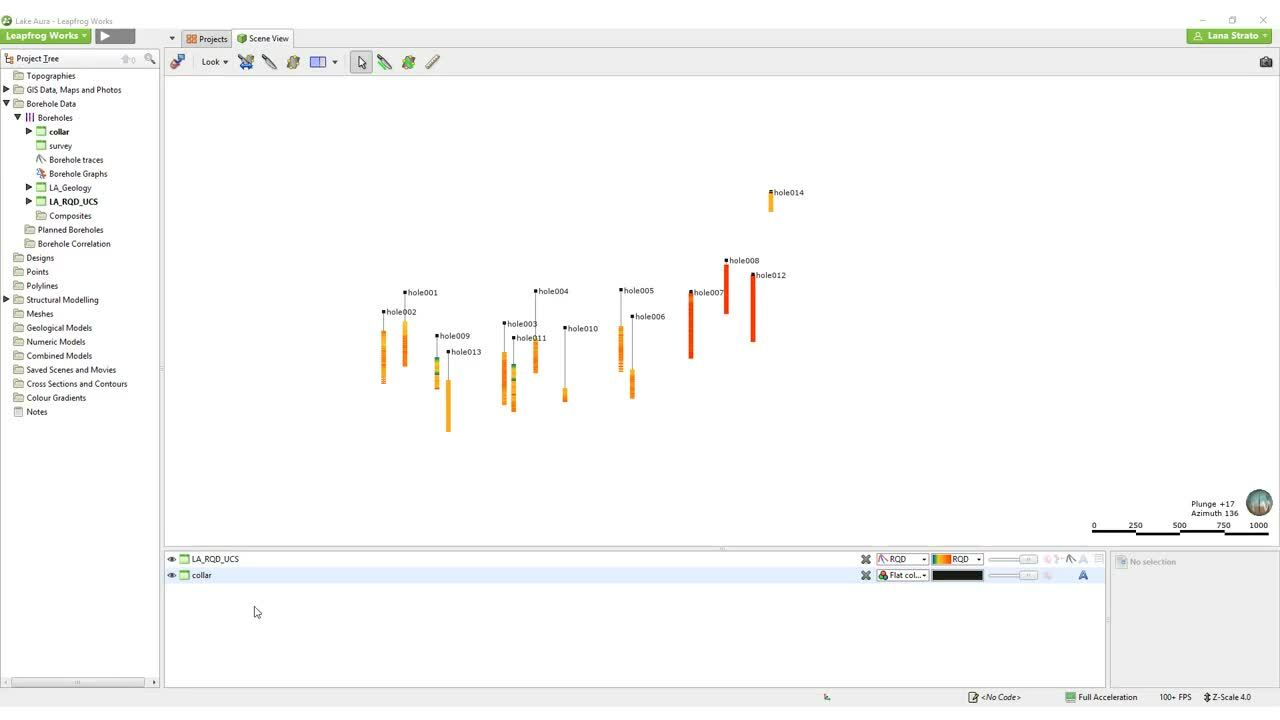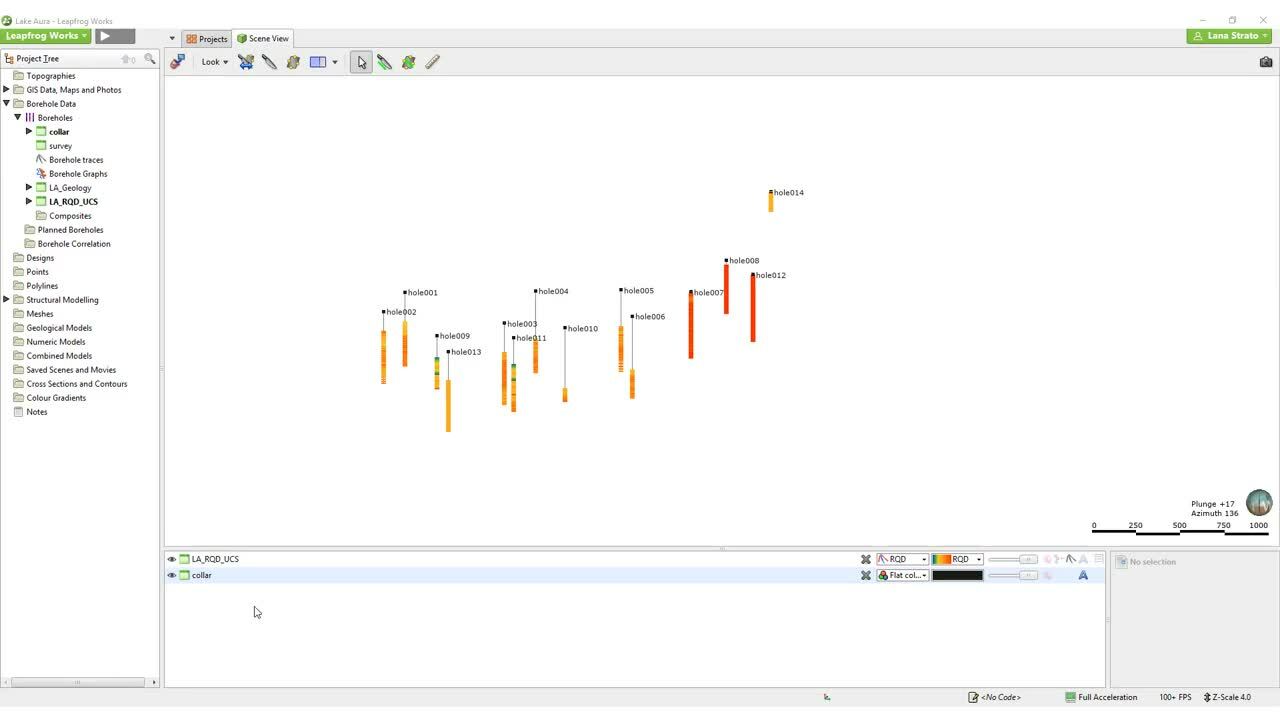When it comes to importing data, it's best practice to only import the tables and columns you need for visualization and modeling.
Please note: In late 2020, Leapfrog Works received a significant update to its user interface, as well as two additional options for importing borehole data. While the current version of Leapfrog looks quite different from the version used to record this video, most of this content is still valid as the layout, location of functions, and workflows remain largely the same.
If you have initially imported your borehole data from OpenGround Cloud or from the Seequent Data Room, those two new import methods also have options analogous to those discussed in this video, for importing new columns and data tables. For more information about the latest new features, please see the Leapfrog Works product page (https://my.seequent.com/products/leapfrog-works/latest).
0:00 – Data import best practices
0:16 – Introduction to adding new borehole data
0:47 – Importing new columns of borehole data
1:24 – Importing new borehole tables
Duration
2 min

See more on demand videos
VideosFind out more about Leapfrog Works
Learn moreVideo Transcript
The video transcript gets copy and pasted here





